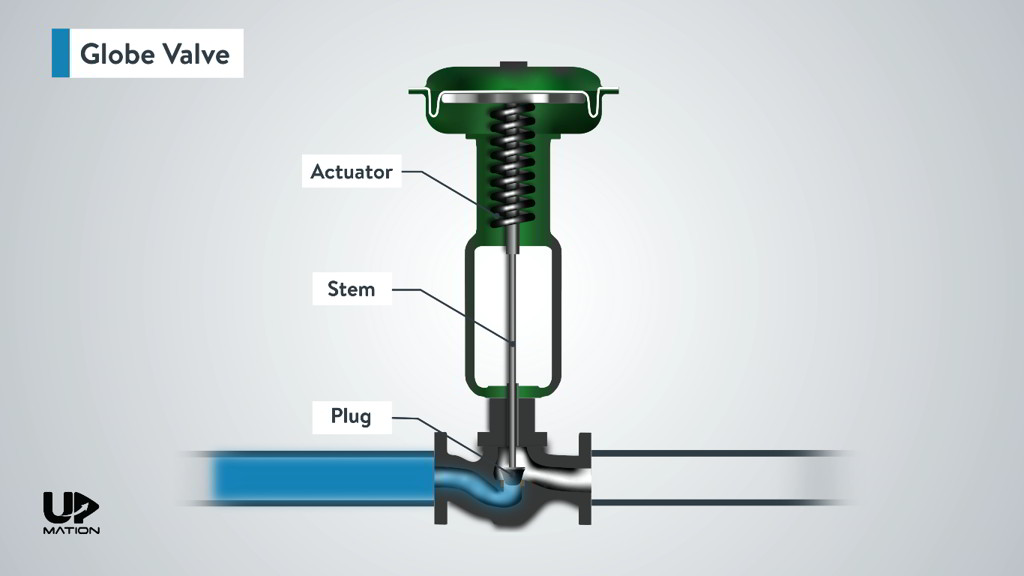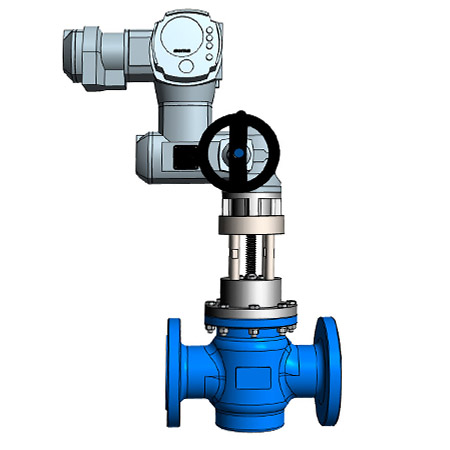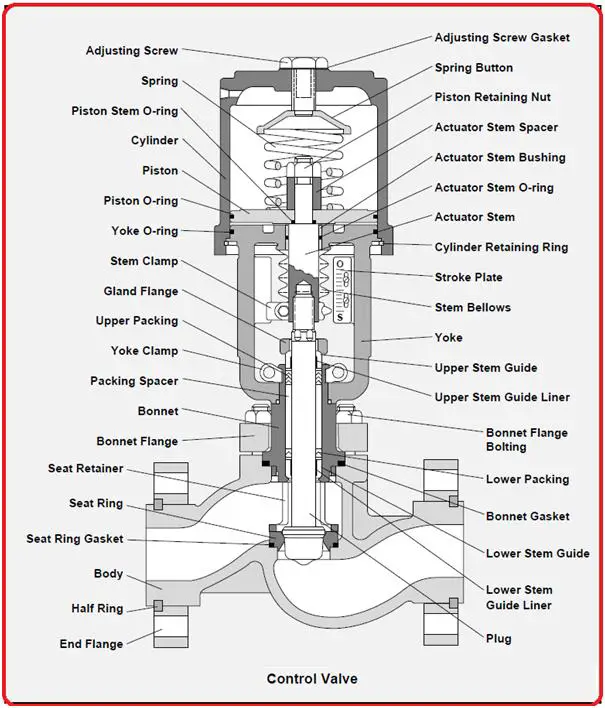
Maximize Power Cost Savings and Convenience With Advanced Building Automation Controls
In the world of modern-day style and facility monitoring, the integration of innovative structure automation manages stands as a crucial development. The convergence of modern technology and sustainability has actually birthed a brand-new age where energy performance, comfort optimization, and operational streamlining are no much longer obtainable truths however far-off ambitions. By harnessing the power of automation, structures can adjust, respond, and develop in ways that were as soon as inconceivable. The potential for significant energy financial savings and enhanced comfort is not simply a promise but a possibility waiting to be fulfilled. This standard shift in structure management holds the vital to unlocking a globe where environmental conscientiousness and passenger wellness sympathetically exist side-by-side within the walls of our structures.
Power Effectiveness Benefits
Power performance advantages can substantially reduce energy usage and functional costs in structures. Energy-efficient systems, such as innovative building automation controls, can optimize the usage of resources like air conditioning, lighting, and home heating, leading to lower energy expenditures over time.
In addition, boosted power effectiveness can prolong the life-span of structure devices and systems. By operating more successfully, heating and cooling systems, lighting fixtures, and other building parts experience less wear and tear, resulting in lowered maintenance and substitute costs. Furthermore, energy-efficient buildings commonly command greater building values and rental rates, giving long-lasting economic benefits to owners.
Moreover, energy effectiveness can improve owner convenience and productivity. Appropriately regulated interior atmospheres with optimal illumination and thermal problems develop an even more conducive and pleasurable work space, bring about improved worker satisfaction and performance. On the whole, the power performance benefits related to advanced building automation controls are multifaceted, including price savings, ecological stewardship, and resident well-being.
Boosted Convenience Control
Enhancing comfort control in structure atmospheres calls for a sophisticated combination of sophisticated automation systems for optimal passenger health. By making use of advanced building automation controls, centers can tailor the indoor environment to meet the certain demands and preferences of occupants. These systems enable exact policy of temperature level, lights, and air flow, developing a comfy and efficient ambience. Owner complete satisfaction and efficiency are carefully linked to thermal convenience, making it vital to have systems in position that can adjust to altering problems in real-time.
By integrating these innovative controls, buildings can not just boost comfort however likewise boost energy effectiveness by maximizing system procedures based on actual tenancy and use patterns. Eventually, focusing on occupant comfort with innovative automation systems leads to a more delightful and much healthier indoor environment.
Operational Effectiveness Improvements

Additionally, the implementation of real-time surveillance and analytics devices enables structure operators to recognize energy ineffectiveness and operational abnormalities immediately. By continuously keeping track of power use patterns and system performance metrics, adjustments can be made in real-time to enhance energy intake and make sure peak operational performance. control valves. Additionally, incorporating need action strategies right into building automation controls can additionally enhance functional efficiency by dynamically changing energy usage based on grid problems and pricing signals
Indoor Climate Optimization
Effective interior climate optimization is a basic aspect of building automation click for more info controls, making sure occupants' comfort and health while taking full advantage of power financial savings. By using innovative sensors and controls, developing automation systems can continually check and change temperature, moisture levels, air top quality, and air flow to create an optimal indoor environment. Preserving comfortable and consistent problems not only enhances resident satisfaction but also boosts efficiency and total well-being.
Interior climate optimization likewise plays an essential duty in energy efficiency. By fine-tuning heating, ventilation, and cooling systems based on real-time information and tenancy patterns, constructing automation controls can considerably reduce energy consumption - control valves. Carrying out methods such as demand-controlled ventilation and thermal zoning can help decrease power waste while making sure that each area pop over to this site of the structure obtains the required conditioning.

Lasting Atmosphere Production
Structure automation controls not just enhance indoor climate conditions for energy effectiveness and resident convenience yet also lay the foundation for developing a sustainable environment via critical monitoring of sources and systems. By incorporating sophisticated building automation innovations, such as sensors, actuators, and smart software application, centers can change and check energy use in real-time to reduce waste and minimize their carbon footprint. These systems make it possible for predictive upkeep, identifying prospective concerns before they intensify and optimizing devices efficiency to boost durability and performance.
Furthermore, lasting environment creation prolongs past energy administration to incorporate water conservation, waste decrease, and interior air quality renovation. Building automation controls can regulate water use, discover leakages, and ensure proper waste disposal practices, adding to total sustainability initiatives. Additionally, by managing and keeping track of air flow and filtering systems, these innovations boost owner health and wellness and performance while lowering power intake associated with heating browse around here and cooling operations.
Conclusion
To conclude, progressed structure automation regulates deal substantial advantages in terms of power financial savings, convenience control, functional effectiveness, indoor environment optimization, and creating a lasting environment. By executing these controls, buildings can achieve optimal performance while decreasing power intake and enhancing owner comfort. It appears that the usage of sophisticated automation innovation is vital in enhancing structure efficiency and producing an extra sustainable future.
Power effectiveness benefits can considerably lower power usage and operational prices in buildings. Overall, the power efficiency advantages connected with advanced building automation controls are complex, encompassing price savings, environmental stewardship, and owner well-being.
In addition, incorporating demand reaction methods into structure automation controls can better enhance operational efficiency by dynamically adjusting power usage based on grid conditions and pricing signals.
Building automation controls not only enhance interior environment problems for energy effectiveness and occupant comfort but also lay the foundation for creating a lasting environment through tactical management of systems and resources.In conclusion, advanced structure automation regulates deal substantial advantages in terms of energy savings, convenience control, operational efficiency, indoor environment optimization, and producing a lasting setting.